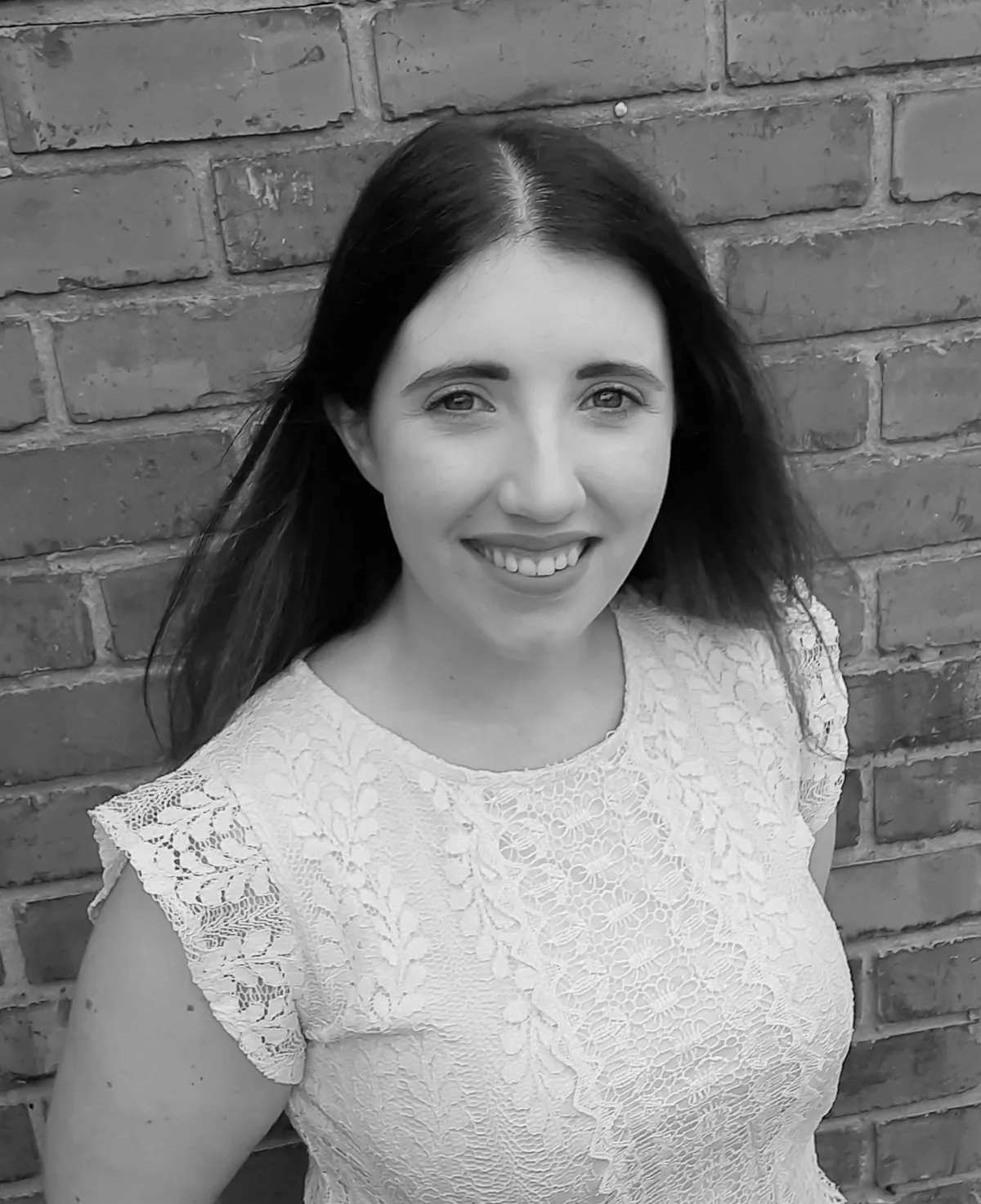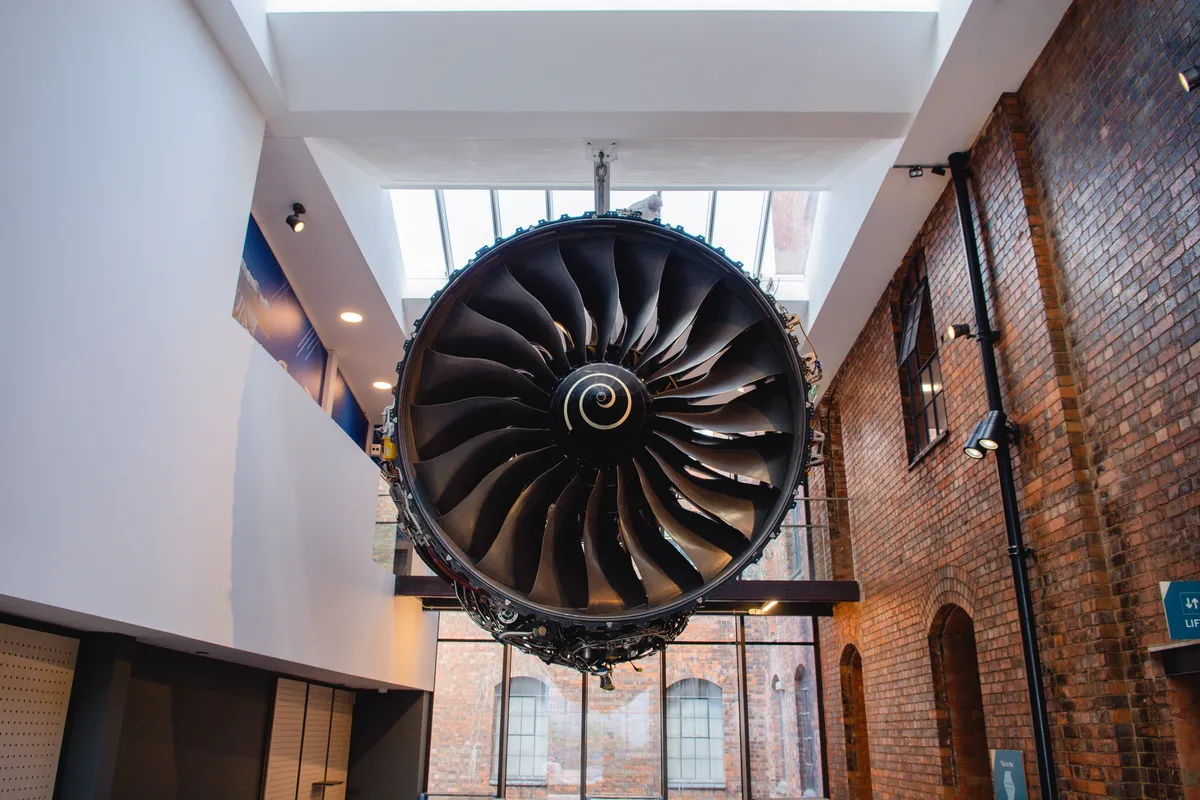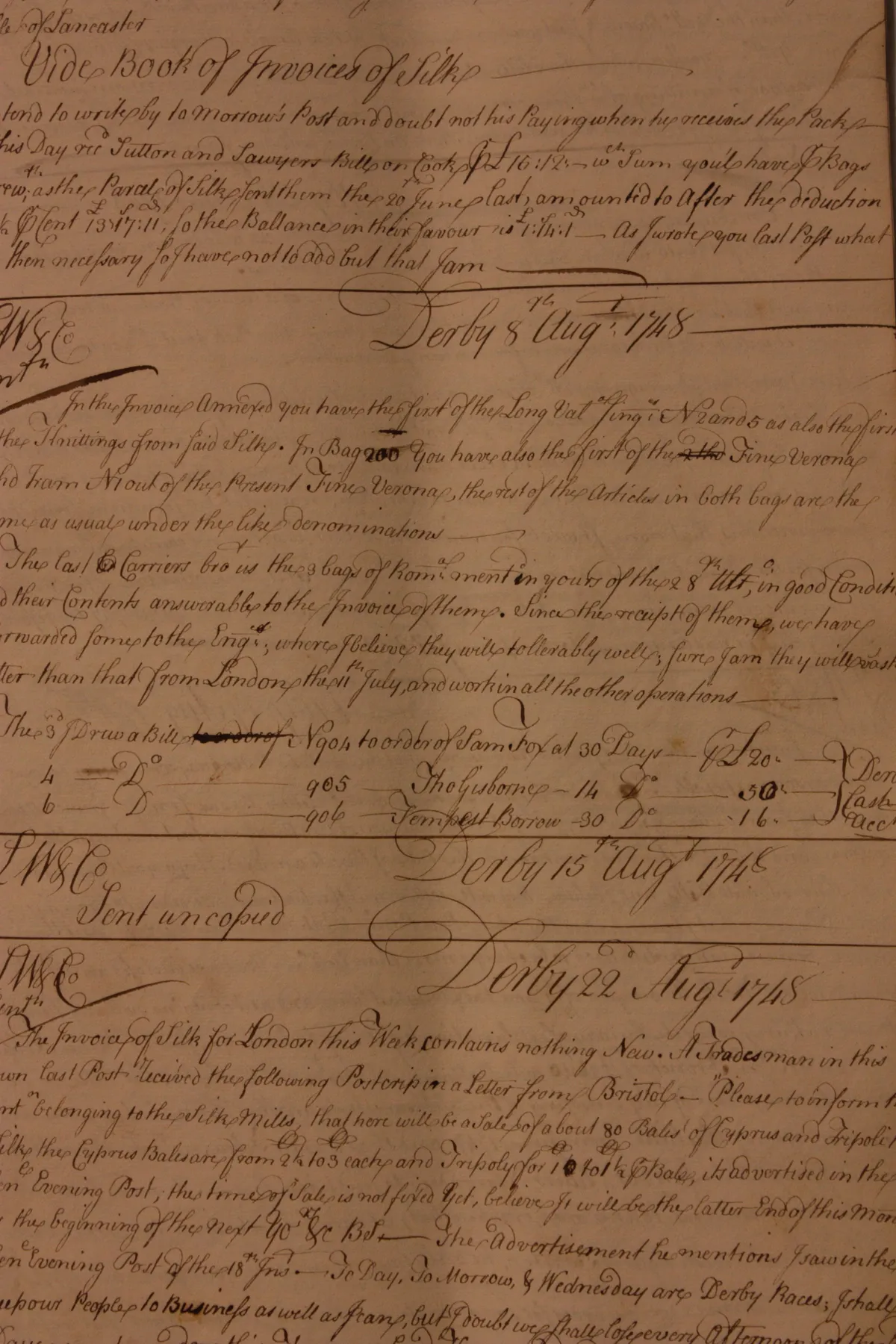What is your role at the Museum of Making?
I’m the only curator based full-time at the Museum of Making, but I work across the collections team at Derby Museums. We work across all three sites – the Museum of Making, Derby Museum and Art Gallery, and Pickford’s House. Getting the museum ready for opening after a huge £18m refurbishment project has been a massive joint effort.
We’ve been open for just over two months now and this is the first time in about 10 years that Derby Museums have had all three sites open. I’ve been involved in the project since 2015 and my job has included moving all the objects out, getting them into storage, checking them, moving them back in, and then writing all the interpretation, in co-production with a large team of staff and volunteers.

Tell us about the museum's location
The building was originally a silk mill that opened in 1721 – so this year marks its 300th anniversary. It’s Grade II-listed and the gates at the front are Grade I-listed. The gates went away to be refurbished and are now in their original colours, which is very exciting – they were black and gold when they went away but after some paint analysis we found out that they were once green and gold.
The redevelopment involved building a huge glass Civic Hall on one side. We have also restored a floor that was taken out at one point. Before the works, only the ground and first floors were accessible to the public, so opening up the whole building was a really large undertaking and now visitors can get a real sense of how big the building is.
We’ve also opened up more of the windows and reconnected the site to the River Derwent, which was so important to the building when it operated as a silk mill. One of the exciting discoveries we made during the refurbishment was a truss made from a combination of concrete and metal, in a design that is likely unique to this building. We’ve been able to save it and put it on display.
What can be found at the Museum of Making?
There are around 30,000 pieces in the collection here. One of the highlights is an exploded Toyota car just as you come in. It’s been taken apart and displayed so you can see all the workings. It was installed just after we opened in about 48 hours. There’s also a Rolls-Royce Trent 1000 aero-engine that was so big we had to build the Civic Hall around it. Rolls-Royce worked with us to get it installed. There’s a Rolls-Royce Eagle engine in the shop area, that powered the first transatlantic flight, so you can see how far flight technology developed over 100 years.

What is your favourite object?
One of my favourite items is a copybook of correspondence from Thomas Bennet, who was manager of the silk mill from 1746–9. In it are letters to William Wilson and Samuel Lloyd, who were acting for Richard Wilson, and those three made up the owners of the mill. So it’s sort of like a 1700s version of a sent box in your emails! The letters tell you where silk was coming from and where it was going to, along with little snippets of town life – who was winning elections, what was being celebrated, and what the weather was like. I keep picking it up and reading more. It’s just a really interesting snapshot of life in Derby when the mill was relatively new.

For more information visit derbymuseums.org